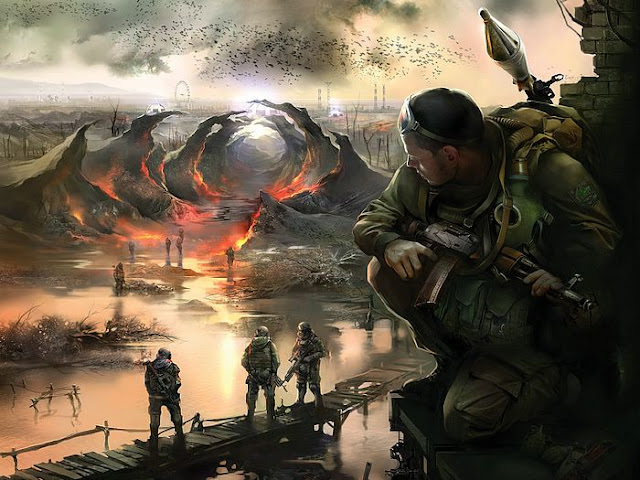Alioshenka - the Kyshtym alien. Image Source: GUFOA via Unexplained Mysteries.
Nuclear disasters usually occur by virtue of the failure of scientific environments or a lapse in scientific judgement. Now, I am become death, the destroyer of worlds. These lapses erode public trust in the only experts qualified to help in the crisis that follows.
Confronted by the invisible menace of radiation, popular fear is so keen that it crosses the line in the common consciousness, entering the realm of myths. Radiation spawns fantasies of superbeings: normal humans are either granted superpowers or transformed into mutants. The video game S.T.A.L.K.E.R. involved the emergence of a collective psi-entity in the Chernobyl #4 reactor. For some, the terrifying, intangible menace of radiation is only accessible through primal visions of humans rendered inhuman.
Consider the rumours of an alien discovered in the town of Kyshtym in 1996. This strange mystery followed in the wake of the Kyshtym nuclear disaster at the Mayak reactor site in the USSR, 29 September 1957.






















